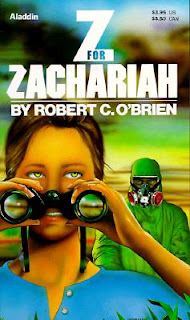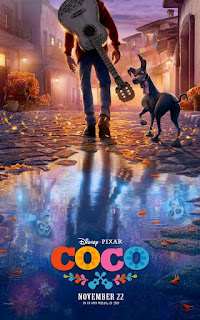Writing Lessons from Dr. Seuss, or What the Grinch Teaches Us about Storytelling
As we commenced our annual viewing of the animated How the Grinch Stole Christmas, I discovered that this simple little special (and the book upon which it's based) offer some impressive little tips on writing, and I thought I would share those with you (as much for my own edification as for yours).
1. Introduce the conflict ASAP.
"All the Whos down in Whoville liked Christmas a lot, but the Grinch, who lived just north of Whoville, did not."Seuss just lays down the central conflict in a sentence. Granted, he's writing a children's book so he has less room to wiggle, but no matter whether you side with the Whos or the Grinch at first, your attention is caught.
2. Don't overexplain your antagonist. There's something to be said for mystery and ambiguity.
 |
| No one quite knows the reason, but here's a working theory. |
3. Keep your characters true to themselves, and the story will follow.
 |
| You can't have the Grinch hate Christmas and not do something about it. |
4. Introduce the opposite of your character to create conflict and allow for emotional resonance.
 |
| This is one of the few things the live action film did well. |
5. Everyone's a sucker for a redemption story.
 |
| Especially me. |
6. If you can't find the word you need, make it up.
 |
| Or in this case, alter an existing word to fit your rhyme scheme. |
What unexpected lessons have you discovered in Christmas movies or specials?





Comments
Post a Comment
What do you think?